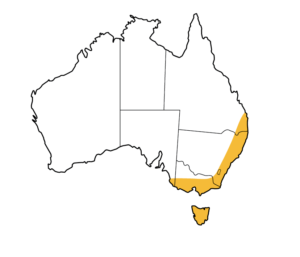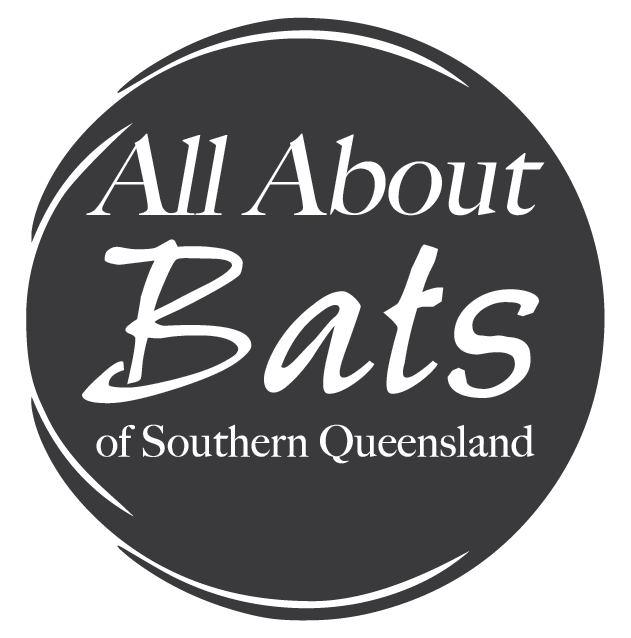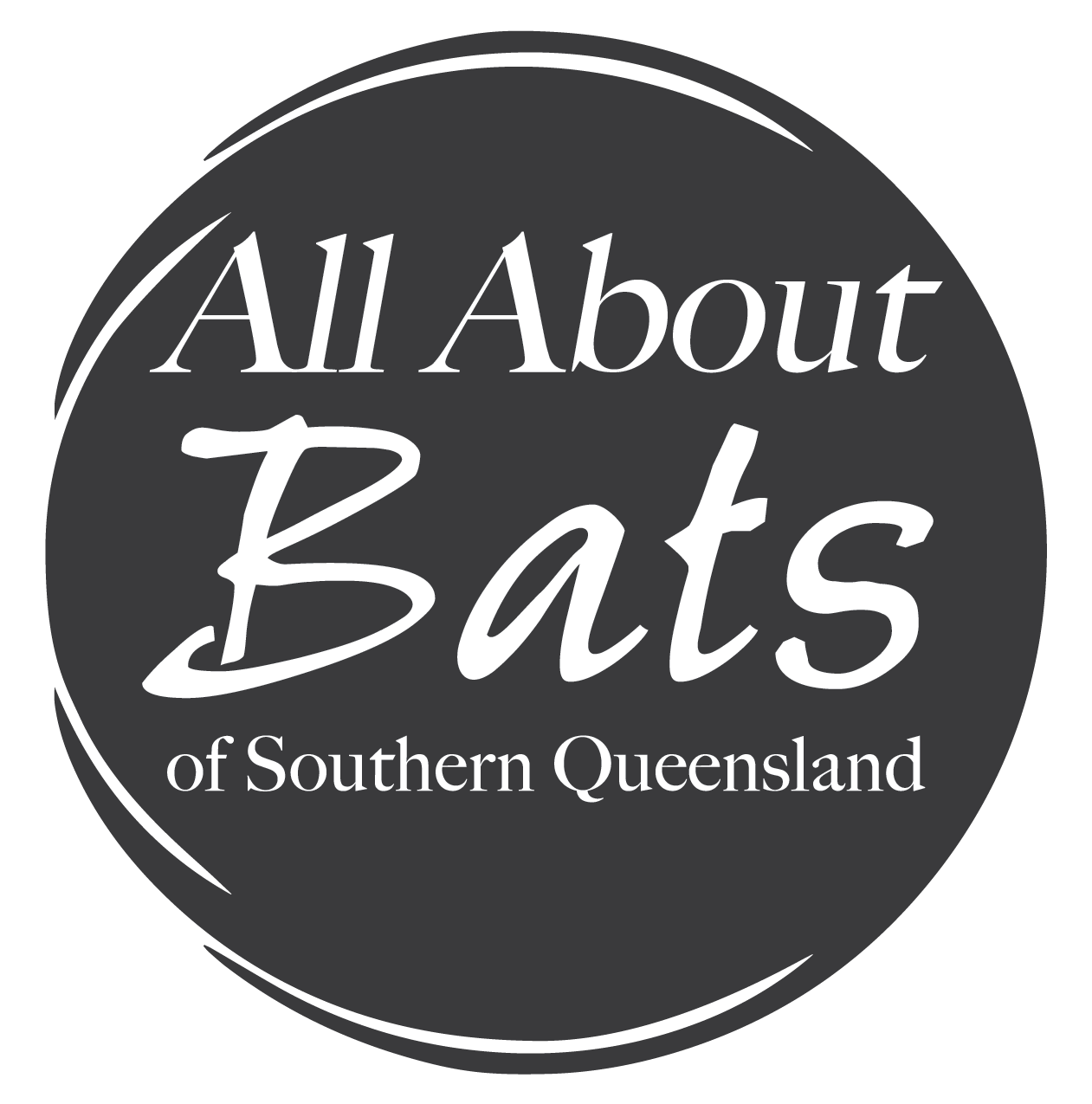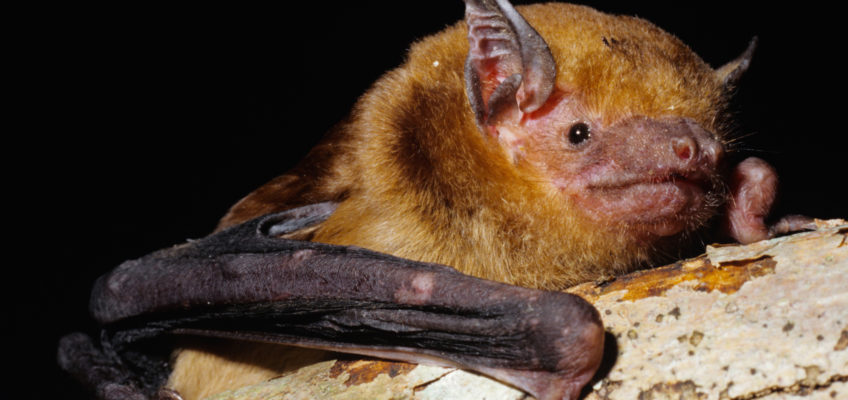Falsistrellus tasmaniensis
One of the largest forest-dwelling bats in south-eastern Australia, this bat has dark brown to reddish brown fur on its back with a slightly paler belly. The ears are large and there is a characteristic small notch near the tip. Colonies are usually almost all females or males. Their home range is limited to about 136 hectares or 1.36 square kilometres.
 Habitat
Habitat
Colonies of three to 80 individuals can be found in the hollows of large eucalypts in tall wet forests and coastal mallee. They forage just below the forest canopy and avoid dense understorey and regrowth. Their diet mainly consists of beetles and moths.
Breeding
A single young is born in December.
Predators and Threats
Owls. Loss of tree hollows and habitat, wildfires.
Photo: Les Hall
Sources:
Churchill, S. (2008) Australian Bats (2nd Edition). Allen and Unwin, Sydney.
Hall, L. (2009) Bats, A Wild Australia Guide. Steve Parish Publishing, Queensland.
Atlas of Living Australia


